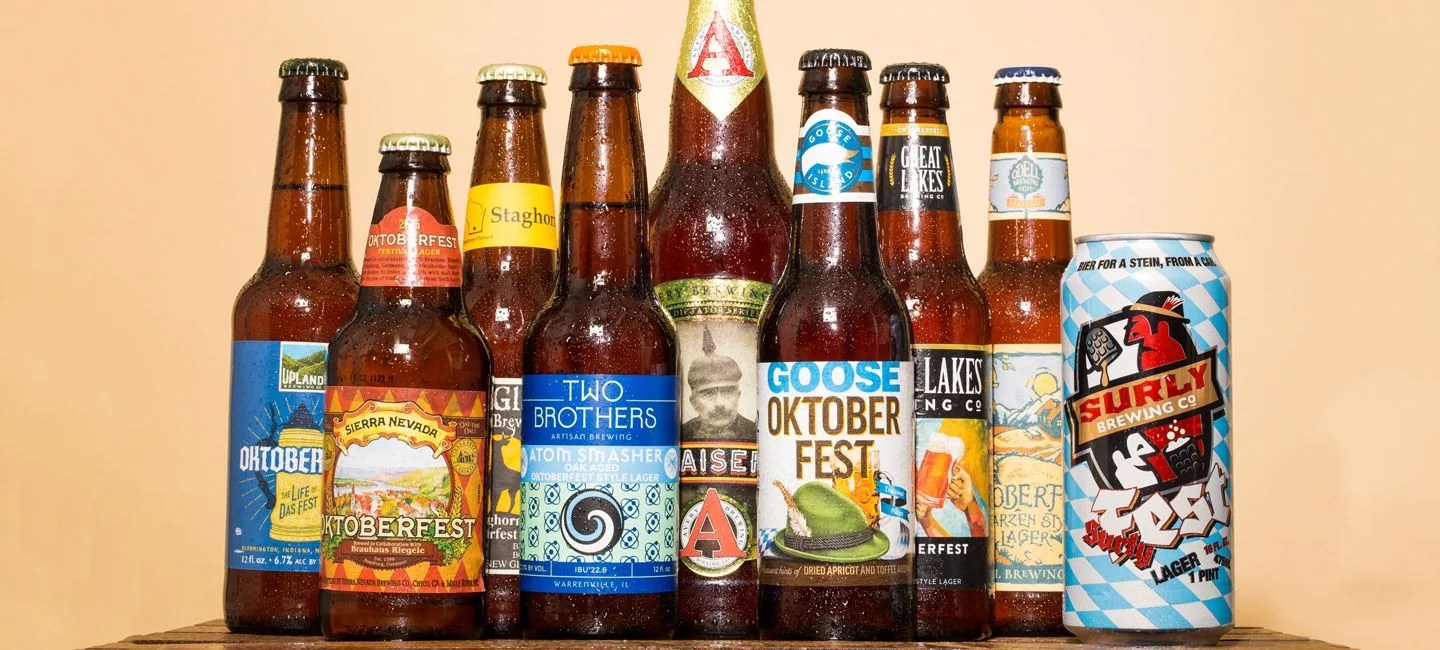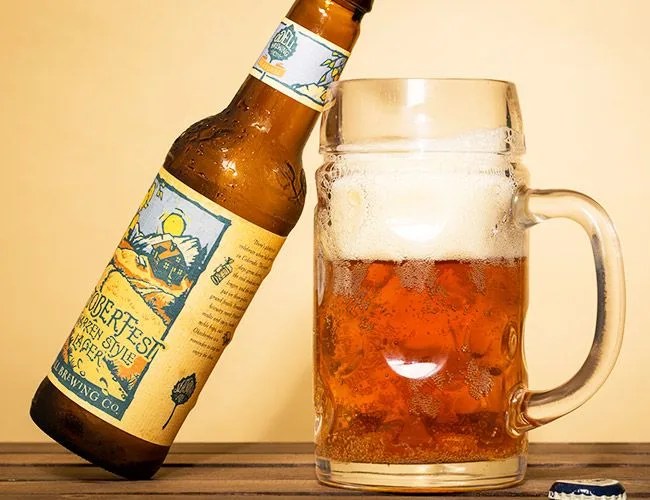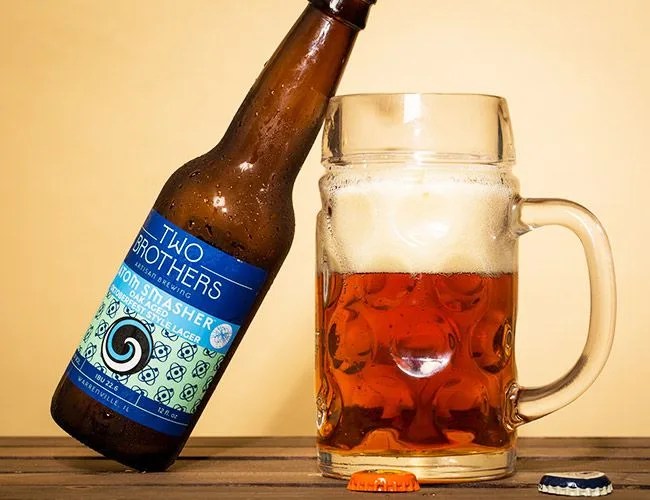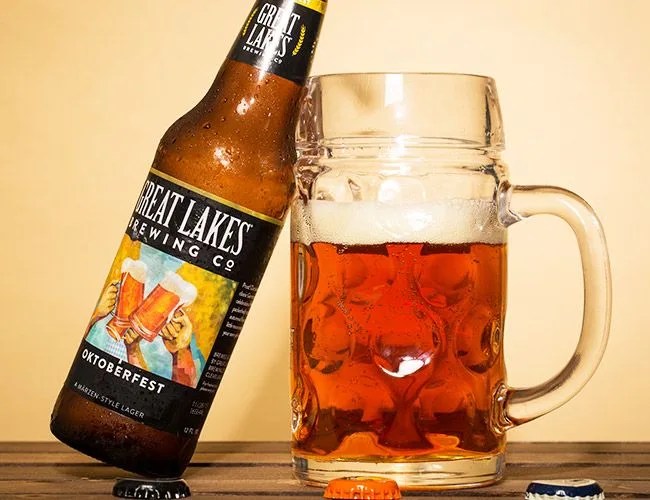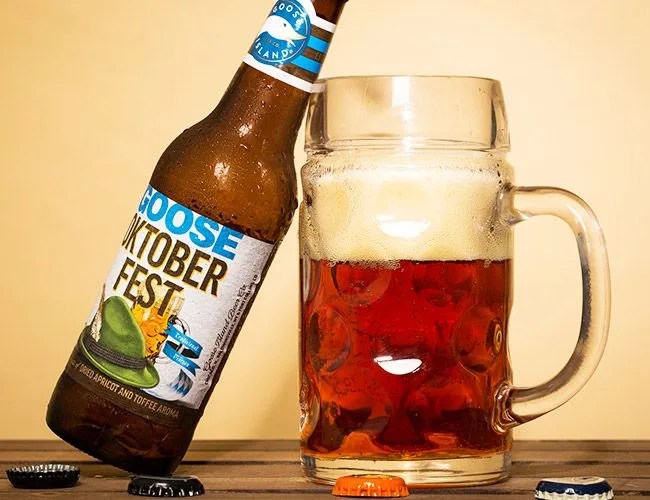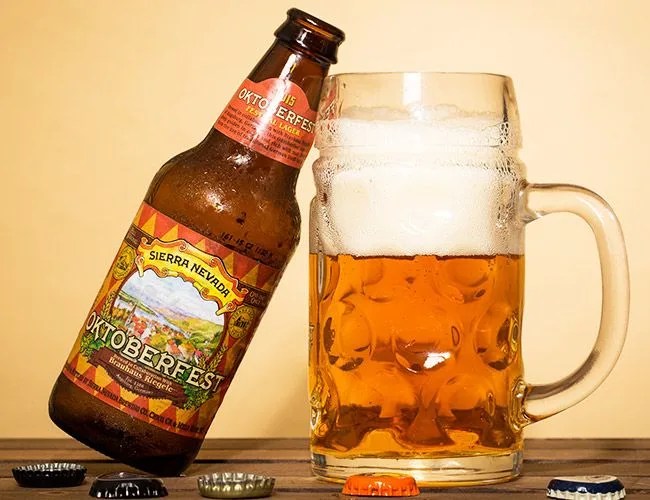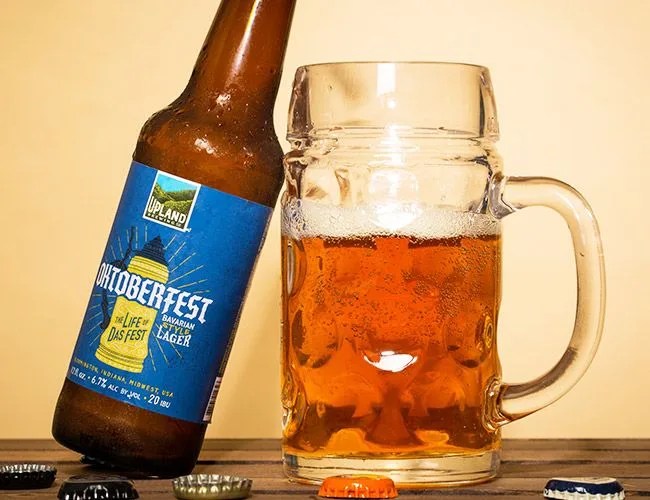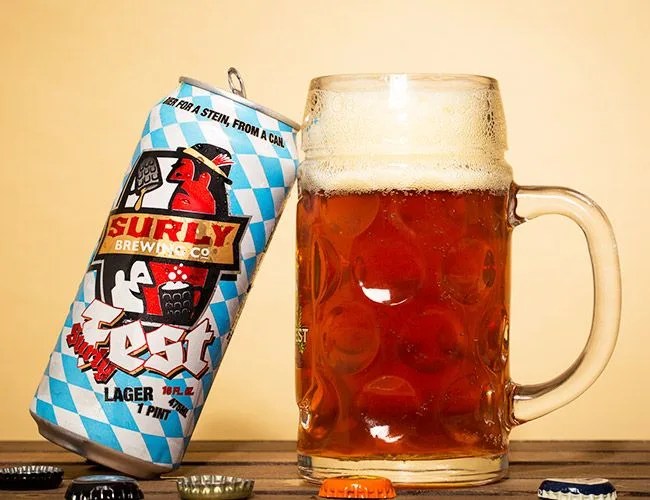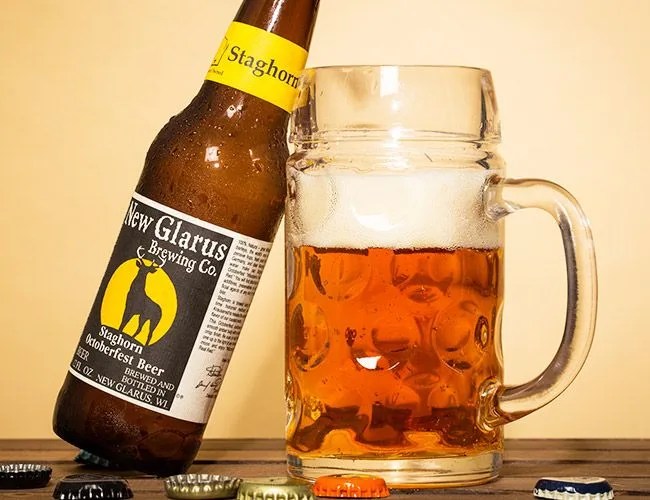We tend to associate fall seasonal beers with pumpkin, spice and everything nice. But before we crack open the autumn seasonal offerings that incorporate flavors we broadly associate with the season, there first comes the Märzen, or Oktoberfest-style beer.
Märzen (German for March) beers were historically brewed in Germany right at the end of the brewing season in March. This was the product of Bavarian lawmakers forbidding brewing during the summer months as bacteria and wild yeast could spoil the beer. The beer would then be stored in cold cellars or — due to their proximity to the Alps — in caves that would keep the beer at colder temperatures for the rest of the summer. The beers would then be consumed in late summer and early fall.
This nicely coincided with what would become the celebration of Oktoberfest. The festival originated in 1810 as a celebration between the Crown Prince Ludwig I of Bavaria and Princess Therese of Saxony-Hildburghausen. A year later, Oktoberfest was celebrated again, but specifically to promote Bavarian agriculture and the economy. The festival continued to evolve and the association with beer began in 1818, when beer and food stands opened up as an official part of the festival.
Today, the only beers allowed to be served at Oktoberfest must be brewed in Munich and abide by longstanding beer purity laws known as the Reinheitsgebot. These beers are Märzen style — amber-colored lagers with a malt-forward flavor profile measuring at about 5% to 6% ABV. The beer has grown in popularity outside the festival, and thus Märzen/Oktoberfest beers have been exported and American craft brewing has taken to the style.
Not being burdened with tradition, some craft Märzen/Oktoberfests have evolved into beers that barely resemble their traditional Bavarian counterparts, while others do their damnedest to stay true to the historic style. But across the board one thing remains the same: just like the original Märzens, you can only get them for a couple months. This year we got our hands on nine different America-made Oktoberfest style beers. And though they vary in flavor, they all make for a great harbinger to the changing of the seasons.
The Beers
Raise your stein.
